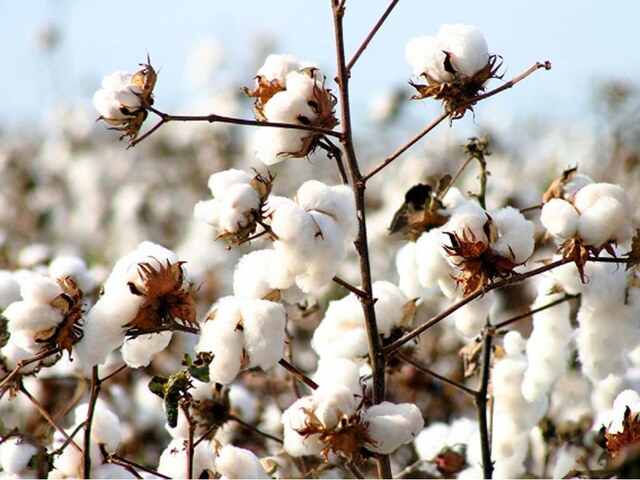LAHORE: Pakistan’s 2025 cotton season has entered a crucial phase where the initially rapid pace of crop arrivals is now moving towards gradual moderation. Global fluctuations in cotton prices, shifts in demand and supply, import trends and local market instability have collectively made the overall situation quite complex.
Head Transfer of Technology Central Cotton Research Institute Multan Sajid Mahmood while talking to Business Recorder said that in this backdrop the Pakistan Cotton Ginners Association (PCGA) report dated October 15, 2025 presents a comprehensive and data-driven overview of the country’s cotton production, consumption and market trends.
According to the report, from October 1 to 15, the total cotton arrivals across the country reached 3,795,637 bales compared to 3,101,743 bales during the same period last year, marking an increase of 693,894 bales (22.37 percent).
However, the report also notes that the sharp rise observed in earlier PCGA updates has now slowed down. Previously, the growth rate had reached 56percent but it has now dropped to around 22percent, indicating that while production remains higher its momentum has weakened.
In Punjab arrivals reached 1,520,095 bales compared to 1,185,647 bales last year, a gain of 334,448 bales (28.21percent). In Sindh arrivals stood at 2,275,542 bales compared to 1,916,096 bales last year, an increase of 359,446 bales (18.76 percent). Although both provinces have shown improvement, Punjab’s crop has performed relatively better attributed to favourable weather and balanced rainfall.
So far textile mills have received 3,039,766 bales, up 17.32 percent from last year. Punjab-based mills received 1,167,984 bales while Sindh mills obtained 1,871,782 bales reflecting increases of 21.37 percent and 14.93 percent respectively.
This indicates that domestic textile demand remains stable though declining yarn prices and sluggish export orders have led many mills to adopt a cautious buying approach.
The report further highlights that the total national stock currently stands at 630,471 bales compared to 507,566 bales last year, an increase of 24.21 percent. Of this total, 320,067 bales are in processed form and 310,404 in seed cotton (phutti). However, phutti stock has declined by 15.03 percent, suggesting that the ginning process is progressing efficiently without major
disruptions.
During the most recent fortnightly period arrivals were recorded at 751,228 bales compared to 1,021,780 bales in the same period last year, a 29.25 percent decrease. This sharp decline reflects a slowdown after an initially fast start to the season. The report anticipates that given the current trend the cotton season may end earlier than usual, potentially creating short-term market pressure.
At present 520 ginning factories are operational nationwide, 278 in Punjab and 242 in Sindh, showing slight declines of 1.42percent and 4.72 percent respectively. This indicates that despite better production full industrial momentum is yet to be restored. Experts believe that recent controlled arrivals by growers and traders were aimed at keeping prices artificially high but due to weak global demand the strategy has not yielded significant results.
With large harvests in China, the United States and Brazil, international supply has increased while imported cotton prices in Pakistan are sometimes equal to or even lower than domestic rates. Hence a major bullish trend in prices is unlikely and the market is expected to remain range-bound in the near term.
Copyright Business Recorder, 2025


